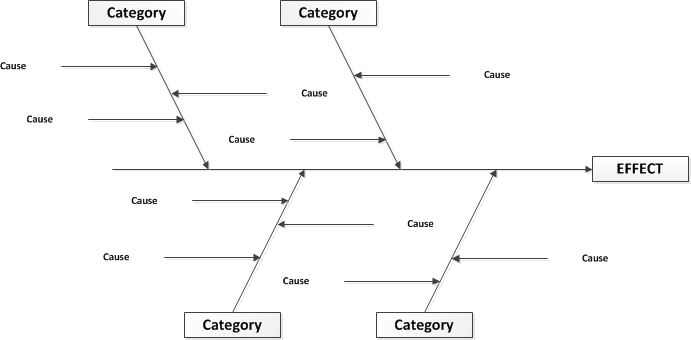Are you struggling with making decisions on your project teams? I have seen clients who either can’t get decisions made among the team members at all (no one will take the decision) or where decisions are either made way too quickly (without much consideration) or way too slowly (it takes forever to build consensus). Make better decisions in your teams by following just a few simple best practices.
First, set up a meeting specifically for the purpose of making the decision. Invite only those who can actively contribute based on past experiences, their involvement in the current situation or the fact that they will be impacted by the decision being made. Ensure that all perspectives on the problem to be solved are represented at the meeting.
Once at the meeting, take these steps to ensure a successful and productive decision-making meeting:
- Describe the problem to the team in detail and ensure that it is clear what the problem is and why a decision must be made
- Identify the root cause(s) of the problem. A cause and effect diagram (see below for more information about cause and effect diagrams) may help to map out the problem to find the root cause.
- Develop a solution as a team and an action plan to implement the solution
- Be sure to evaluate the solutions in terms of impact to project cost, timeline, quality, resources available and ease of implementation
- Evaluate the solution and be sure it has actually solved the problem
- Capture lessons learned!
Using Cause and Effect Diagrams
Cause and effect diagrams assist you in working with your team to describe all the possible causes of a problem and agree on the root cause(s) of the problem. In order to effectively solve problems that arise, you must understand the root cause.

Category: The category the causes fall into (e.g., Training, Processes/Procedures
Cause: The reasons behind the problem (e.g., lack of necessary skills, outdated processes)
Effect: The problem
Take these steps to build a cause and effect diagram:
- Identify all possible causes of the problem
- What are the possible causes of this problem? Why is it happening?
- Verify that the causes are actually related to the problem.
- Develop categories for the causes
- Group the causes into categories so they are more easily managed
(remember that some causes may fit into multiple categories) - Construct a cause and effect diagram
- Select the root causes (the most essential to the problem)
- Identify the root causes by looking for those that appear repeatedly
- Verify the root causes with data
Prepare for your decision making meeting in advance. Don’t come to the meeting with a solution in mind; work with your team to develop a solution. Ask the team “what are we missing?” to continue to generate thoughtful discussion and alternatives for solutions to the problem.


